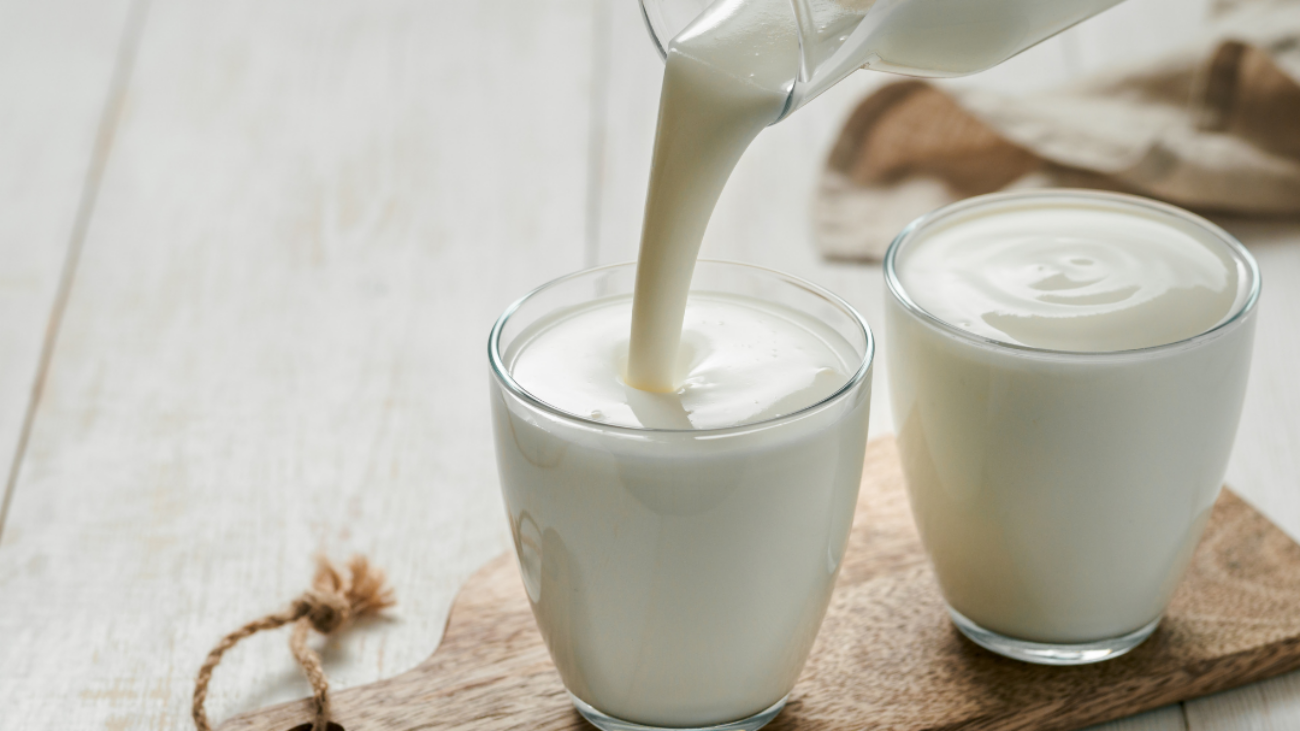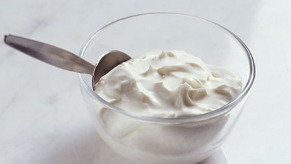Probiotic yogurt or live yogurt as it is also known, has been consumed in many different cuisines around the world since ancient times. Nomadic herdsmen are believed to be the first consumers of probiotic yogurt, begining the tradition approximately 9,000 years ago when man first began keeping animals. Originally, the fermentation of milk to produce yogurt is thought to have occurred naturally by wild bacteria and quite by accident. However, the herdsmen soon learned to culture the milk themselves, making their own probiotic yogurt.The milk is most commonly from cows though probiotic yogurts made from goat, sheep or even water buffalo milk are also available. Likewise probiotic yogurts made using soy milk are becoming increasingly popular.Go try some – see what it could do for you!There are some wonderful and simple recipes for making cold yogurt sauces, as well as other probiotic foods in Sally Fallon’s excellent book, Nourishing Traditions and also Wild Fermentation by Sandor Elliz Katz.You can also use a commercial yogurt starter instead of commerical plain yogurt.
Today probiotic yogurt is still consumed by many different cultures worldwide. In the United States, live yogurt is the most popular probiotic food. Over recent years, as Americans have begun to recognise the benefits of probiotic foods, US consumption of probiotic yogurt has increased. Although on the rise however, US consumption of live yogurt is considerably lower than that in either Europe or the Middle East.Live yogurts are usually made from animal milks to which the following probiotic bacteria are added:
and either
Lactobacillus acidophilus or Lactobacillus bulgaricusHealth Benefits of Probiotic YogurtAs well as being very nutritious – yogurt contains calcium, vitamin B2, vitamin B12, potassium, magnesium, phosphorus and protein – various research studies have concluded that yogurt is beneficial to health. While more research is needed, eating probiotic yogurt on a regular basis is thought to provide the following health benefits:
Uses of Probiotic YogurtIf you’re like most people, you probably eat your yogurt as a dessert. However there are numerous other ways to enjoy yogurt. One super easy way of including probiotic yogurt in your daily diet is simply by replacing your usual yogurt with a probiotic one. Other easy ways to include probiotic yogurt in your diet include:
Buying Probiotic YogurtProbiotic yogurt can be purchased in most grocery stores. It is available in many different forms including regular, low fat to fat-free, chilled or frozen, flavored and unflavored. Additionally and increasingly you can also buy probiotic yogurt in tubes, which can be squeezed into your mouth. Be wary though, not all of these products as as wholesome and healthy as they appear!Sorting through all the probiotic yogurt options to find one that will deliver the health benefits of probiotics can seem a daunting task but, armed with a little information, you will be able to do this in minutes. Let us show you how to choose a quality probiotic yogurt.Check the Label for Probiotic or Live BacteriaAll probiotic yogurt, or live yogurt as it is also sold, contains live probiotic bacteria. To determine whether the probiotic yogurt you are looking at is live, look on the label for the words “contains live/active/probiotic” cultures. Only those with words to this effect on the label will contain live probiotics. Watch out for products stating “made with live/active/probiotic cultures”. Such products are likely to have undergone heat-treatment (pasteurization), which kills live bacteria.All probiotic yogurts are made using bacteria from the Lactobaccillus family along with Streptococcus thermophilus. Some probiotic yogurts also contain other strains of live bacteria. Ingesting a large variety of probiotic bacteria potentially increases the health benefits of the product, so the more probiotic species and strains your yogurt contains, the better!Look Out for Added SugarIf you’re like most people you probably prefer your yogurt sweet. Indeed in the United States, most of the yogurt purchased is sweetened with refined or processed sugar. Probiotic yogurt is available though without sugar – look for the “natural”, “plain” and “unsweetened” options. Without the processed and refined sugar, which raises insulin levels, supresses immunity and encourages unhelpful digestive flora, these natural probiotic yogurts are healthier than their sweetened counterparts. Be kind to yourself and try an unsweetened probiotic yogurt.A natural probiotic yogurt will of course taste sour in comparison to a sweetened. To make your transition to plain yogurt easier why not try initially:
Choose a Chilled YogurtAlways choose a chilled yogurt as opposed to a frozen one. Beneficial bacteria can survive freezing but frozen yogurt contains far fewer probiotic bacteria than a chilled yogurt. Frozen yogurts also often contain a great deal of sugar. Choose chilled probiotic yogurt over frozen probiotic yogurt every time!Making Probiotic YogurtOf course you can also make your own probiotic yogurt really easily. This way you can ensure your home-made yogurt is completely natural and contains no unneccessary additives. You can also ferment your yogurt for longer periods to ensure that your end product is almost lactose free. Such long fermenting periods produce home-made yogurts especially suitable for people with lactose intolerance, producing a product that much is lower in lactose and thus easier on digestion than commerical yogurts.To make your own yogurt you typically need:
Yogurt RecipeTo make your own delicious yogurt:
Finally you can make your life even simpler by using a yogurt maker. We find this the best way to make home-made yogurt. This no-fuss approach ensures your probiotic yogurt is kept at the right temperature as it ferments. Choose a maker with either individual cups or one large tub. The Yogourmet Electric Yogurt Maker is a bulk yogurt machine suitable for making one or two quarts of yogurt and is also good for those who don’t like too much washing up! If you prefer to make your yogurt in individual jars, then try either the Eurocuisine YM80 Automatic Yogurt Maker or the Cuisipro Donvier Electronic Yogurt Maker.



 Dr Ohhira has shown that this strain of bacteria inhibits the MRSA (Methicillin-resistant Staphylococcus aureus) superbug, Escherichia coli 0157 (E. Coli 0157) as well as Helicobacter pylori (H. pylori), which causes peptic ulcers. He has also demonstrated that Enterococcus faecalis TH10 is 6.25 times stronger than other naturally occurring lactic acid bacteria.
Dr Ohhira has shown that this strain of bacteria inhibits the MRSA (Methicillin-resistant Staphylococcus aureus) superbug, Escherichia coli 0157 (E. Coli 0157) as well as Helicobacter pylori (H. pylori), which causes peptic ulcers. He has also demonstrated that Enterococcus faecalis TH10 is 6.25 times stronger than other naturally occurring lactic acid bacteria.



